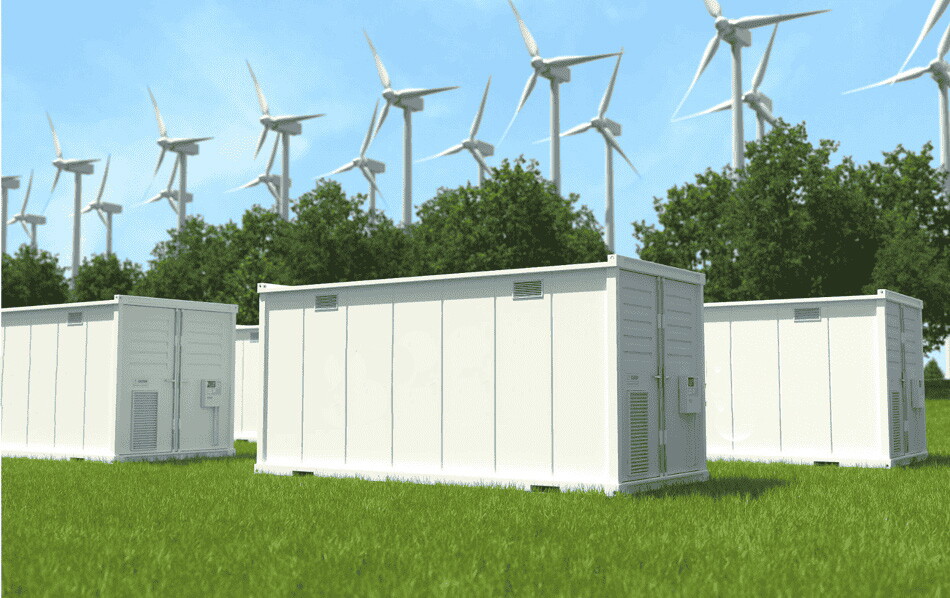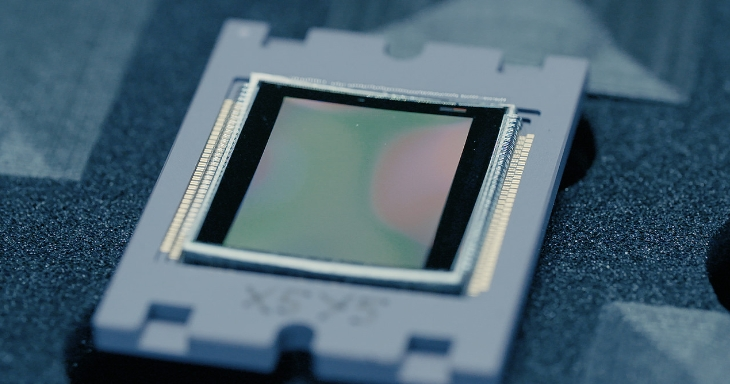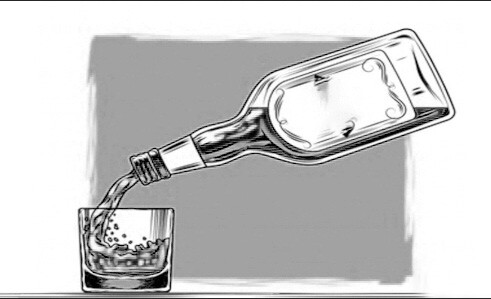News
-
 Mar 29, 2024
Mar 29, 2024Gas sensors are essential devices utilized in fixed monitors or portable detectors to measure methane and propane content, detecting gas leakage in residential, commercial, industrial, and mining sectors. Safe usage of combustible gases like natural gas (mainly CH4), LPG (primarily propane and butane), and biogas significantly impacts family safety and social stability, mitigating the risk of gas-related accidents like fires and explosions. Various types of combustible gas sensors are available,...
-
 Mar 19, 2024
Mar 19, 2024Renewable energy sources such as solar and wind energy are gaining momentum in the effort to reduce global warming potentials (GWP). However, traditional energy sources like oil and coal still dominate the market. Nonetheless, renewable energy has witnessed significant growth, largely due to advancements in energy storage and transportation technologies. The conversion of renewable energy into chemical energy, such as hydrogen and batteries, enables energy systems to provide flexible usage. The...
-
 Mar 14, 2024
Mar 14, 2024Since the advent of sensors, they have become indispensable infrastructure devices in the digital age, enabling humans to access information that was once difficult or inaccessible. From smartphones to smart home devices, from power stations to industrial systems, sensors have become like extended sensory organs, bridging the gap between humans and machines, as well as the natural environment. With advancements in sensor technology and related software and hardware, including data storage, energy...
-
 Mar 06, 2024
Mar 06, 2024CO2 sensors, also known as carbon dioxide sensors, are devices used to measure the concentration of carbon dioxide gas in the air. They are essential components in various applications, including indoor air quality monitoring, HVAC systems, industrial processes, and environmental monitoring. In industrial settings, CO2 sensors are used to monitor emissions and ensure compliance with environmental regulations. They are also used in applications such as greenhouses and controlled atmosphere storage...
-
 Feb 28, 2024
Feb 28, 2024Temperature and humidity are pivotal environmental factors affecting various aspects of daily life, from the performance of electronic devices to the preservation of artifacts in museums. In sectors like cold storage management and smart building systems, humidity sensors play a critical role in ensuring optimal conditions for perishable goods and occupant comfort. Humidity sensors are indispensable in diverse applications, ranging from food storage facilities to smart homes. However, it's important...
-
 Feb 22, 2024
Feb 22, 2024Agricultural sensors are pivotal instruments utilized for measuring various parameters in farming environments. From monitoring soil conditions to tracking livestock, these sensors play a crucial role in optimizing agricultural processes and enhancing productivity. However, choosing the right agricultural sensor involves considering several factors to ensure optimal performance and reliability. Agricultural sensors are pivotal instruments utilized for measuring various parameters in farming environments....
-
 Feb 12, 2024
Feb 12, 2024A humidity sensor is capable of sensing the water vapor content in the atmosphere and converting it into usable output signals. There are various types of humidity sensors, including those that utilize porous ceramics and polymer films to absorb moisture, causing changes in resistance or capacitance, as well as those that rely on the weight change of a resonator's moisture-absorbing substance to alter its resonant frequency. Several types of humidity sensors have been developed, such as dry-wet...
-
 Jan 29, 2024
Jan 29, 2024The utilization of sensors is integral in various fields for monitoring and controlling physical quantities. This article provides an overview of eight commonly used sensors, each serving a specific purpose in converting physical parameters into electrical or digital signals. Temperature Sensor: Temperature sensors detect and convert temperature into usable output signals. They come in contact and non-contact types, with variations such as thermocouples and thermistors. Humidity Sensor: Humidity...
-
 Jan 20, 2024
Jan 20, 2024Many households have wall-mounted air conditioners, offering numerous benefits but also prone to issues like temperature sensor malfunctions. This article provides a detailed analysis of wall-mounted air conditioner temperature sensor malfunctions and the principles behind these sensors. The wall-mounted temperature sensor is an ideal solution for various applications, including libraries, archives, production workshops, industrial automation, HVAC, pharmaceuticals, telecommunications, environmental...
-
 Jan 11, 2024
Jan 11, 2024In the realm of sensor technology, there exists a significant diversity in principles and structures. Choosing the right sensor based on specific measurement objectives, target objects, and environmental conditions is the initial challenge when undertaking a measurement task. The success of measurement results is heavily dependent on the rational selection of sensors. Sensitivity Selection Ideally, within the linear range of a sensor, higher sensitivity is preferred as it results in larger output...
-
 Jan 06, 2024
Jan 06, 2024Temperature sensors are commonly used in various applications such as automotive and electrical products, making the selection of an appropriate temperature sensor crucial. There are different types of temperature sensors, each with its classification of faults: Thermocouple Sensor: Comprising different conductors or semiconductors, the thermoelectric potential (EAB) is synthesized from contact potential and temperature difference potential. Contact potential arises at the junction of different...
-
 Dec 29, 2023
Dec 29, 2023Carbon dioxide (CO2) sensors play a crucial role in various applications, from environmental monitoring to plant cultivation and preservation of cultural artifacts. This article explores essential factors to consider when selecting an appropriate CO2 sensor. Price: While price is a significant consideration, selecting a CO2 sensor should be based on its application. Balancing cost and quality is crucial, ensuring the chosen sensor meets specific requirements without unnecessary expenses. Measuring...













